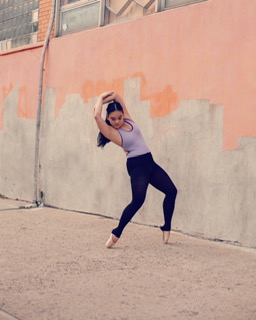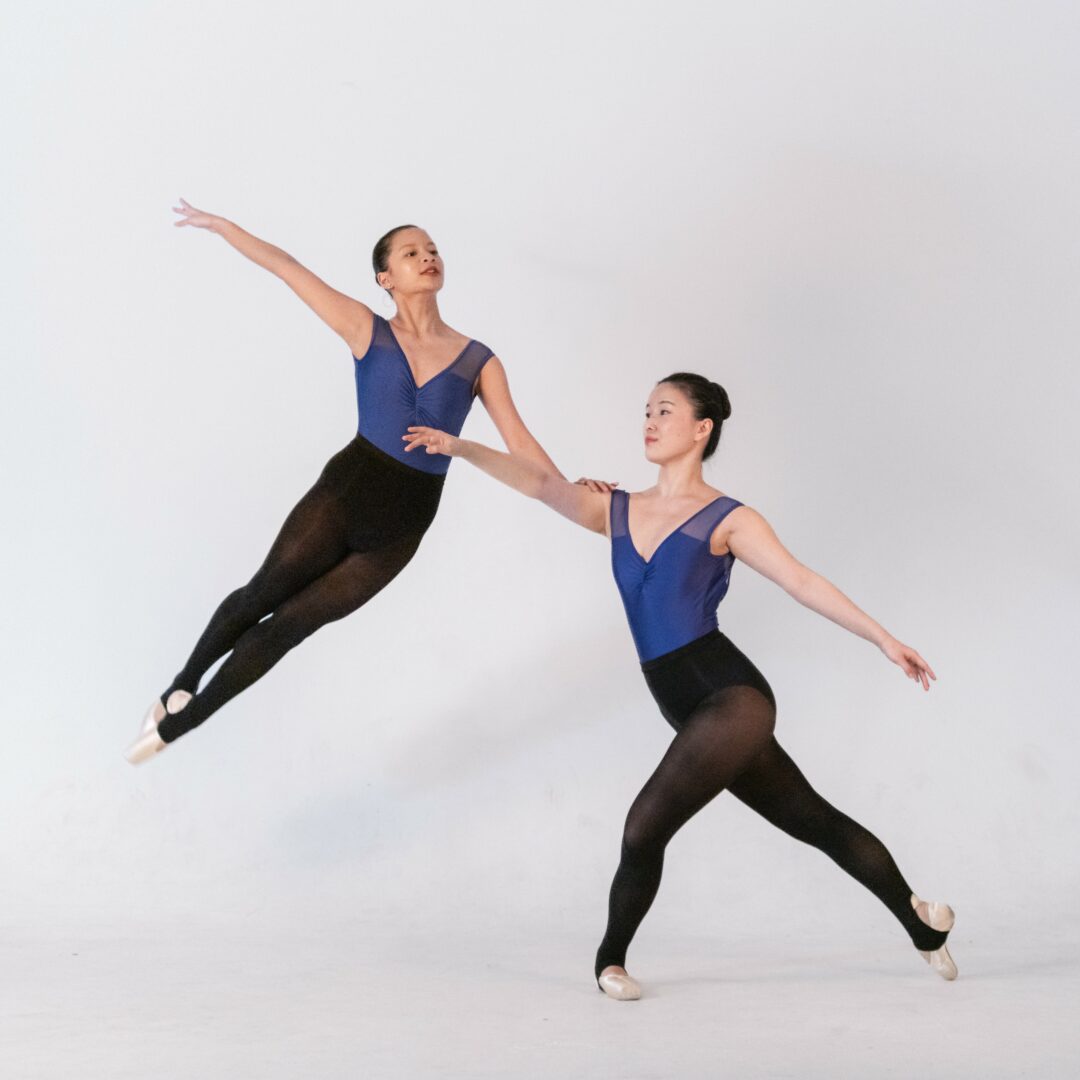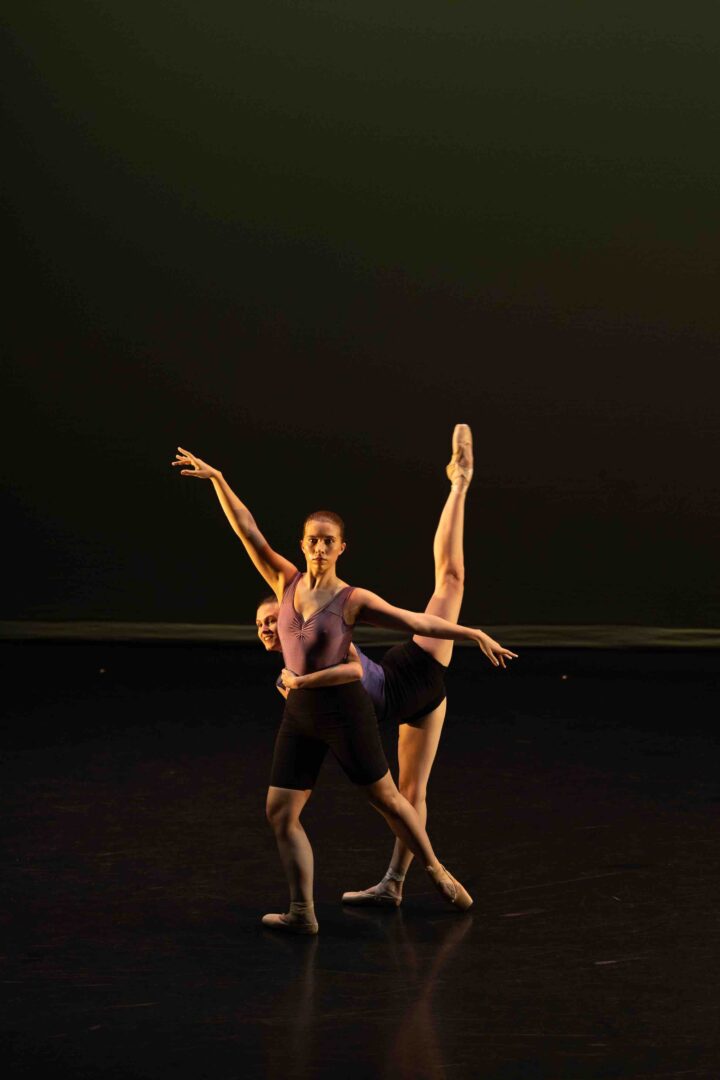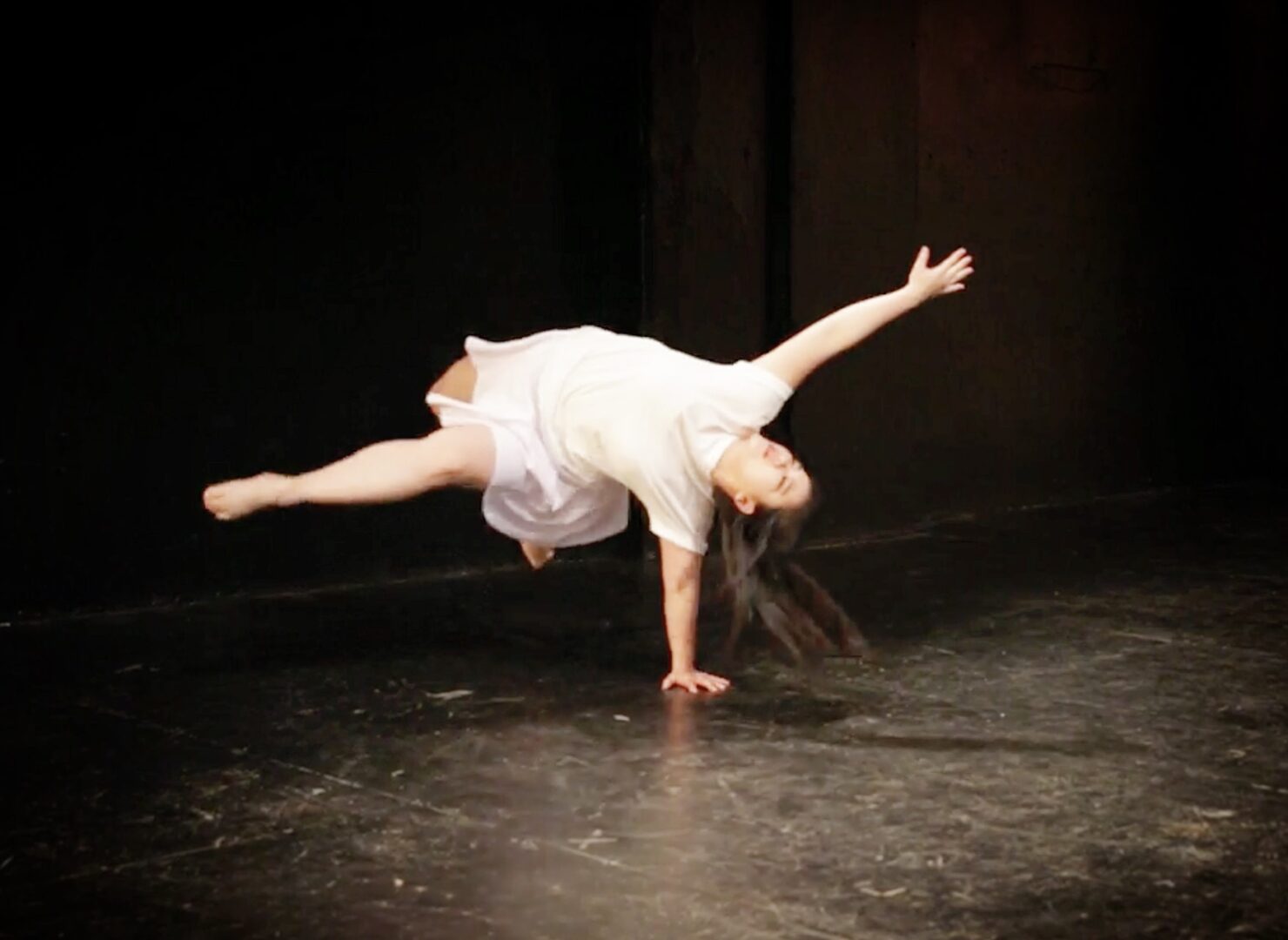We recently had the chance to connect with Joan Liu and have shared our conversation below.
Good morning Joan, it’s such a great way to kick off the day – I think our readers will love hearing your stories, experiences and about how you think about life and work. Let’s jump right in? What do the first 90 minutes of your day look like?
I front-load my nutrition (and coffee of course) in the morning. I do a mini-meditation in bed, then roll out of bed, go through my hygiene and skincare routine, then head to the kitchen to heat up my breakfast. I usually do meal prep on the day that I have more time, which makes mornings fast. All I have to do is put food in the microwave and make coffee. Some days I fry an egg to go with my breakfast. The act of scooping food onto my plate and making coffee is a sacred ritual for me that I let my mind settle, and go through things I am grateful for. I find that it sets the tone of the day. After breakfast, I skim through my emails, go over my schedule of the day, catch up on the latest research (I am a bit of a nerd that loves staying in the know of all things research especially that pertaining to my field/industry).
Can you briefly introduce yourself and share what makes you or your brand unique?
My name is Joan Liu and I am the Artistic Director of Axons Dance Theatre. Axons Dance Theatre is a contemporary ballet company based in New York City with a mission statement to encourage communication through the art of dance. The choreography aims to blur the boundaries between disciplines and create conversations between communities that would not normally get together. I also teach at Ballet Arts at New York City Center, act as committee member for Dance Astoria, engage in independent performing/teaching/choreographing/collaborating projects, and recently started being more involved with IADMS (International Association for Dance Medicine and Dance) having been a member for over 10 years! I’ve been thinking a lot about how artists are perceived in the public eye, how our work, our behavior, our way of living contributes to that image. I’ve been passionate about the holistic well-being of the artist ever since I was a teenager. As I grow older, it’s becoming more important to me how we take care of ourselves and others. How do I create and/or contribute to an environment that serves this community. I both want others to see the struggles we face but want to add to the positivity. Marinating on how to convey that has occupied much of my headspace lately. Follow Axons Dance Theatre and/or join the mailing list to stay up to date! If you have a few dollars to spare, Axons Dance Theatre is fiscally sponsored by The Field and you can make tax-deductible donations.
Okay, so here’s a deep one: What did you believe about yourself as a child that you no longer believe?
In short, being skinny is not the end all be all. Although I’ve been quite lucky that I was given lots of opportunities growing up, I was always told I was too big to be in this industry. At one point, I was told I was too fat to even be behind the scenes. The toll that body image and eating disorder had on me is a price I am still paying. As a kid, I thought and believed that being skinny defines the dancer that I am. As I get older and started teaching and choreographing more, I still get told that I do not “look” the part. I am learning that my value is not tied to any number; I am who I am; I contribute in my own way.
If you could say one kind thing to your younger self, what would it be?
“It’s okay!” Anyone that’s been in my class knows I say it all the time, probably because I didn’t grow up hearing it. Or if I did, the criticisms were too loud that I never believed it. If we are being honest, I am still on the journey of believing it. I don’t consider myself a perfectionist, but I do strive to be better all the time. Slowing down and taking a beat to say, it’s okay, has been a challenge for me. However, the blessing of teaching is seeing how much such a simple sentence affects my students. The kindness towards oneself is perhaps one of the hardest lesson.
Next, maybe we can discuss some of your foundational philosophies and views? What would your closest friends say really matters to you?
Kindness. To people not in my close circle, I may come across as always running around, going from one obligation to the next; but to me, the most important thing is kindness. How do you show true kindness to others, to yourself, even to inanimate objects (I believe everything has a spirit and deserves respect). Often times, kindness in various directions may contradict in terms of what action to take, but I believe as long as we start from the position of kindness, everything works out one way or another.
Okay, we’ve made it essentially to the end. One last question before you go. If you knew you had 10 years left, what would you stop doing immediately?
Nothing. The thing about almost dying in my early 20s (I talked about it in previous interviews) is that I had time to contemplate what really matters to me. I am much healthier now but every day is a reminder that it could be my last. Of course I plan for long term, but I don’t take for granted that I will have another chance to teach my students, another chance to collaborate with my colleagues…etc. Everyone’s on their own journey, and the journey may end at any moment. All we can do is enjoy the ride and be in the present.
Contact Info:
- Website: https://joanjcliu.wixsite.com/home
- Instagram: @JoanyMacaroni
- Linkedin: https://www.linkedin.com/in/joan-liu-766b5451/
- Facebook: Joan Liu – Dance and Wellness




Image Credits
Alice Chacon, Raquel Beauchamp
so if you or someone you know deserves recognition please let us know here.



